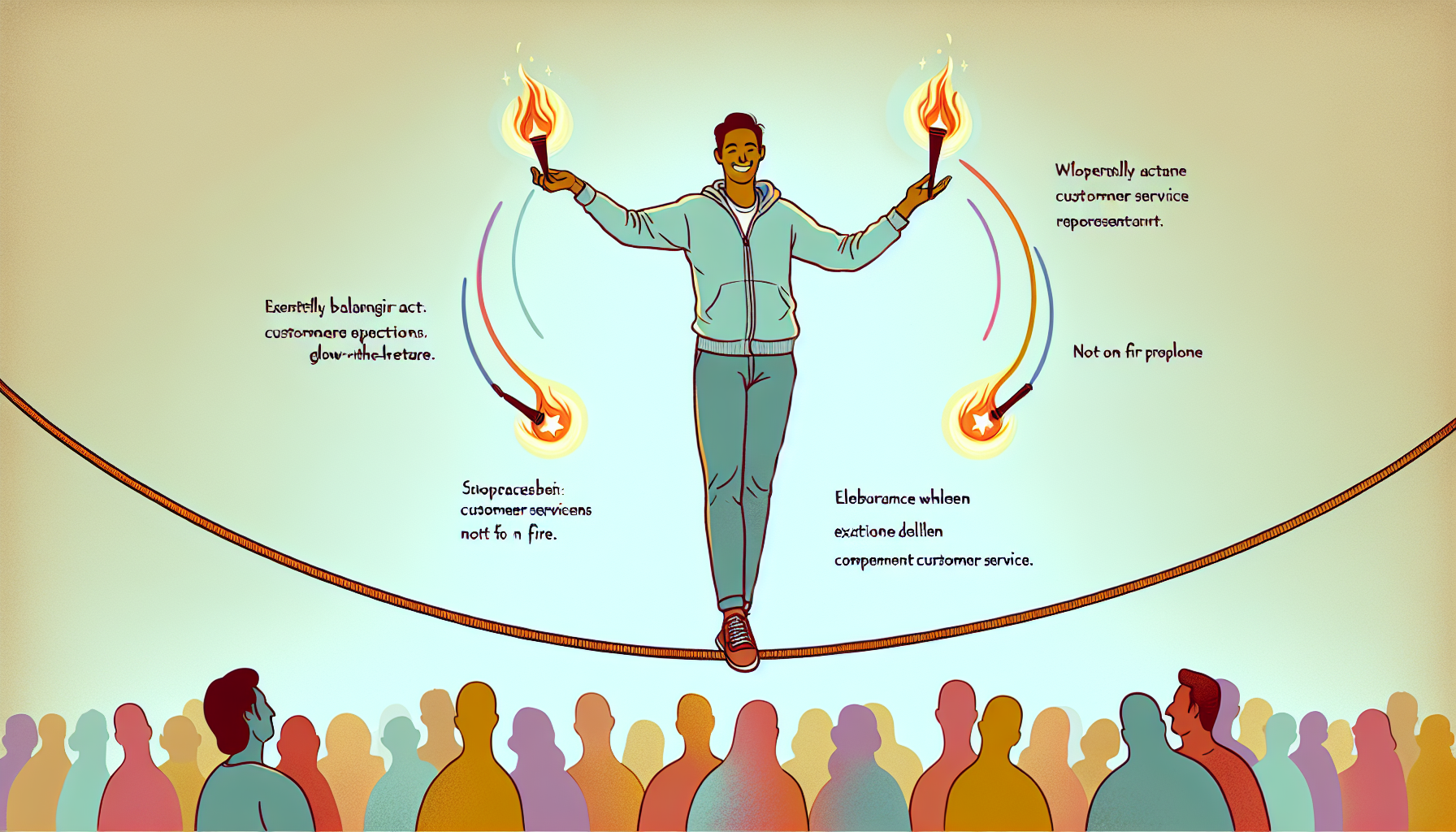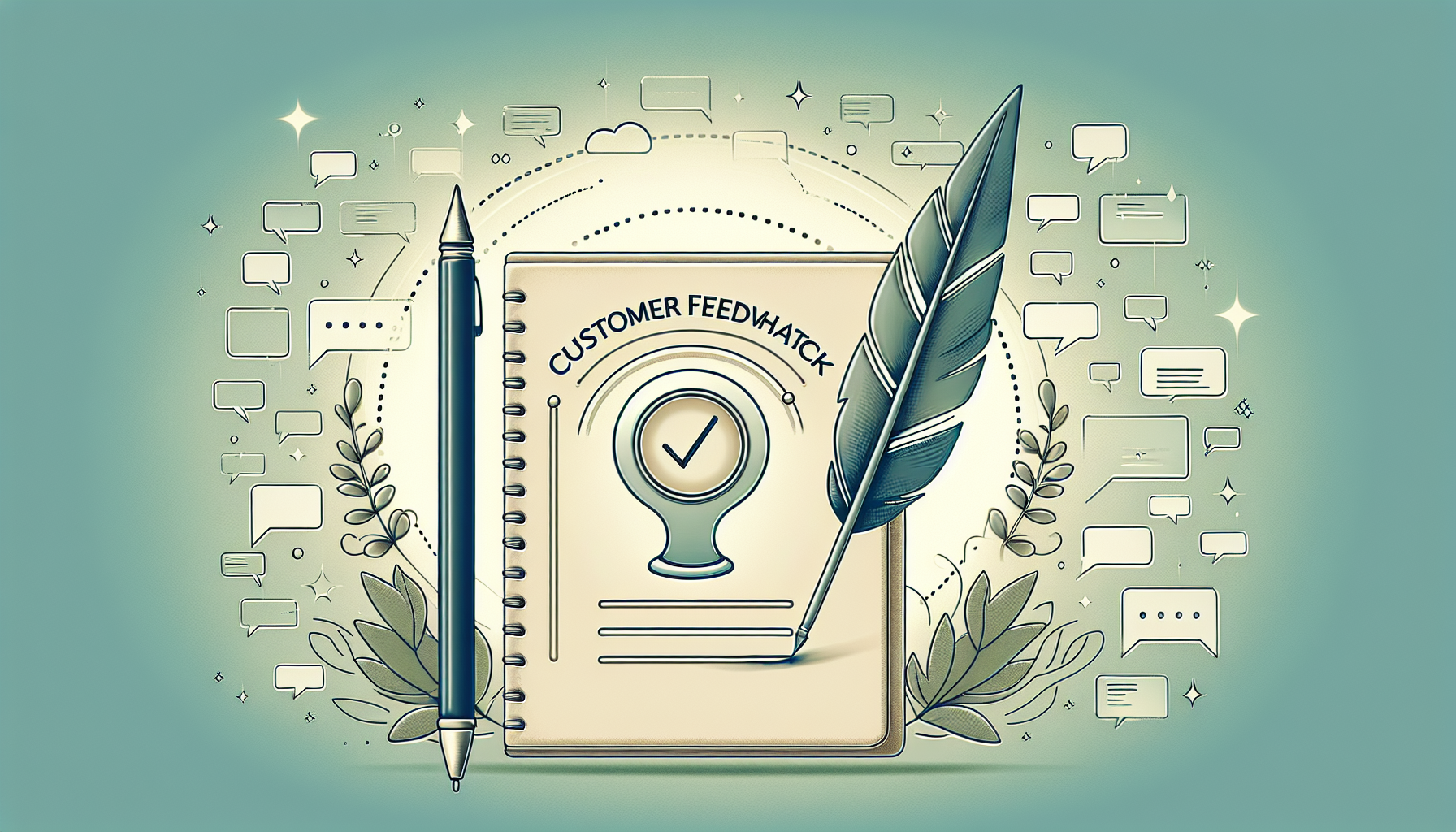We all know that providing great customer service can feel like walking a tightrope. Customers expect quick solutions, but sometimes it feels like you’re juggling flaming torches while blindfolded! You’re not alone if you’re looking for better ways to equip your team with the skills they need.
But what if I told you there’s a way to transform your training sessions into engaging and effective experiences? Stick around, and I’ll share some powerful ChatGPT prompts that can help your team master the art of customer service.
From role-playing scenarios to techniques for handling tough interactions, you’ll discover practical tools that make a difference. Let’s dive in and turn that tightrope walk into a smooth stroll!
Key Takeaways
- Create engaging customer service training using effective ChatGPT prompts.
- Utilize role-playing scenarios for real-world practice in customer interactions.
- Encourage empathy in communication to enhance customer connections.
- Use prompts to handle difficult situations and de-escalate conflicts effectively.
- Develop thorough FAQs and knowledge bases to streamline customer support.
- Implement feedback mechanisms to continuously improve service skills.
- Train product knowledge to empower agents with essential information.
- Focus on time management techniques for efficient customer service operations.

Effective ChatGPT Prompts for Customer Service Training
Creating effective ChatGPT prompts for customer service training is key to enhancing the skills of your team.
These prompts can lead to more engaging conversations and improve overall service quality.
Here are some actionable ChatGPT prompts you can use:
- “Role-play a customer service call where a customer is dissatisfied with their order.”
- “Simulate a chat where a customer is confused about product features and needs clarification.”
- “Draft a response to a customer asking about your return policy, ensuring you include empathy and solutions.”
- “Create a dialogue between a frustrated customer and a supportive service agent.”
Utilizing these prompts will help train your team on various customer interaction scenarios.
Role-Playing Scenarios for Customer Service Situations
Role-playing scenarios are essential for practical customer service training.
They provide a realistic framework for your team to practice before facing real customers.
Here are some role-playing scenarios you can implement:
- “A customer returning an item that is no longer in stock.”
- “An irate customer demanding to speak with a manager because of a service error.”
- “A customer inquiring about a product while comparing it to a competitor’s offering.”
- “A supportive agent helping a customer navigate a complicated billing issue.”
Incorporating these scenarios builds confidence in handling diverse situations your team may encounter.
Building Empathy and Understanding Through Prompts
Empathy is crucial to customer service, and ChatGPT can help cultivate this skill.
You can use prompts to encourage agents to put themselves in customers’ shoes.
Try these prompts for promoting empathetic communication:
- “Describe a situation where a customer feels undervalued and how to address that.”
- “Draft a message to a customer who just experienced a service disruption, showing understanding of their frustration.”
- “Role-play a scenario where a customer shares personal issues affecting their service experience.”
- “Outline steps to emotionally connect during a customer service interaction.”
This approach fosters a deeper connection with customers, enhancing their overall experience.
Using ChatGPT for Handling Difficult Customer Interactions
ChatGPT can be a valuable tool in managing difficult customer interactions effectively.
When facing a challenging customer, the right prompts can help troubleshoot and de-escalate conflicts.
Consider these prompts for your training:
- “Develop a step-by-step approach for handling a challenging support ticket.”
- “Process a situation where the agent needs to refuse an unreasonable request from a customer.”
- “Role-play a conversation with an angry customer, focusing on active listening and resolution.”
- “Simulate a scenario where a customer expresses dissatisfaction publicly, and construct a professional response.”
Training with these scenarios equips your team to remain calm and proactive, no matter the situation.

Creating FAQs and Knowledge Bases with ChatGPT
Developing FAQs and knowledge bases with ChatGPT can streamline customer support and enhance user experience.
A well-organized FAQ can help customers find answers quickly, reducing the workload on your service team.
Here are some effective prompts to create your FAQs:
- “List the top five questions customers ask about our product or service.”
- “Generate a step-by-step guide for using our service effectively.”
- “Create an FAQ entry detailing our shipping, return, and exchange policies.”
- “Draft responses to common technical issues our customers face.”
Utilizing these prompts helps in crafting concise and coherent information that can serve as a reference for both customers and your team.
Feedback and Improvement Prompts for Customer Service Skills
Feedback is vital for improving customer service skills within your team.
Using ChatGPT to facilitate this process can make it more structured and objective.
Here are some prompts to gather and analyze service feedback:
- “Create a feedback form template for post-interaction surveys.”
- “Draft a summary of key strengths and areas for improvement based on recent customer feedback.”
- “Write a follow-up email template asking customers for their thoughts on our service.”
- “Outline a discussion guide for team meetings focusing on feedback analysis.”
Implementing these prompts encourages ongoing communication about performance and drives continuous improvement in service quality.
Training for Product Knowledge with ChatGPT Prompts
Enhancing product knowledge among your customer service team is crucial for effective support.
Utilizing ChatGPT can facilitate this training process, making information accessible and engaging.
Here are some prompting strategies for product knowledge training:
- “Draft a comprehensive overview of our product features and benefits.”
- “Create a quiz to test team knowledge on our services and products.”
- “List common misconceptions about our products and clarify them.”
- “Role-play a scenario where an agent needs to explain product details to a confused customer.”
These prompts help equip your team with the necessary knowledge they need to assist customers effectively and confidently.
Time Management and Efficiency in Customer Service
Time management is crucial for customer service agents to provide timely responses and maintain efficiency.
Effective training on this topic can significantly improve team productivity and customer satisfaction.
Consider these actionable prompts to enhance time management skills:
- “Outline best practices for prioritizing customer inquiries based on urgency.”
- “Create a schedule for managing daily customer service tasks efficiently.”
- “Simulate a scenario where an agent must balance multiple customer requests simultaneously.”
- “Draft a checklist for closing customer interactions promptly and effectively.”
By using these prompts, your team can learn to manage their time better, leading to swifter service and happier customers.

Measuring Customer Satisfaction with ChatGPT Techniques
Measuring customer satisfaction is essential for improving your service quality and ensuring customers have positive experiences.
ChatGPT can help automate the process of gathering and analyzing customer feedback.
Here are some prompts you can use to measure customer satisfaction effectively:
- “Draft a short post-interaction survey to gauge customer satisfaction with our service.”
- “Create a summary report analyzing the results of recent customer feedback surveys.”
- “Simulate a follow-up conversation with a customer to ask how their experience was and any areas for improvement.”
- “List key metrics we should track to measure customer satisfaction over time.”
By implementing these prompts, your team can efficiently gather insights and adapt to meet customer expectations better.
Best Practices for Utilizing ChatGPT in Training Sessions
Using ChatGPT in training sessions can significantly enhance learning outcomes and team engagement.
Establishing best practices ensures that your team makes the most out of this AI tool.
Consider these effective strategies:
- “Integrate ChatGPT prompting exercises into regular training routines for real-time practice.”
- “Encourage team members to share their experiences and tips on using ChatGPT during meetings.”
- “Set up a feedback mechanism where employees can report on the effectiveness of the prompts used.”
- “Create a repository of valuable ChatGPT prompts that all team members can access and utilize.”
These practices will help maximize the benefits of AI-assisted training and empower your customer service team to deliver exceptional support.
FAQs
ChatGPT can enhance customer service training by providing realistic role-playing scenarios, personalized feedback, and efficient knowledge base creation. This allows trainees to practice responses and develop empathy in a controlled environment, fostering skill enhancement.
Effective prompts for handling difficult customers should encourage active listening, express empathy, and guide the conversation toward resolution. Examples include asking clarifying questions and reflecting customer emotions to foster understanding and satisfaction.
Customer satisfaction can be measured using ChatGPT by implementing feedback prompts after interactions. Analyzing responses regarding service quality and customer emotions can provide valuable insights into satisfaction levels and areas for improvement.
Best practices include clearly defining training objectives, utilizing diverse scenarios, and incorporating real-time feedback. Ensuring consistent evaluation and adaptation of prompts helps maintain engagement and effectiveness in skill development.
